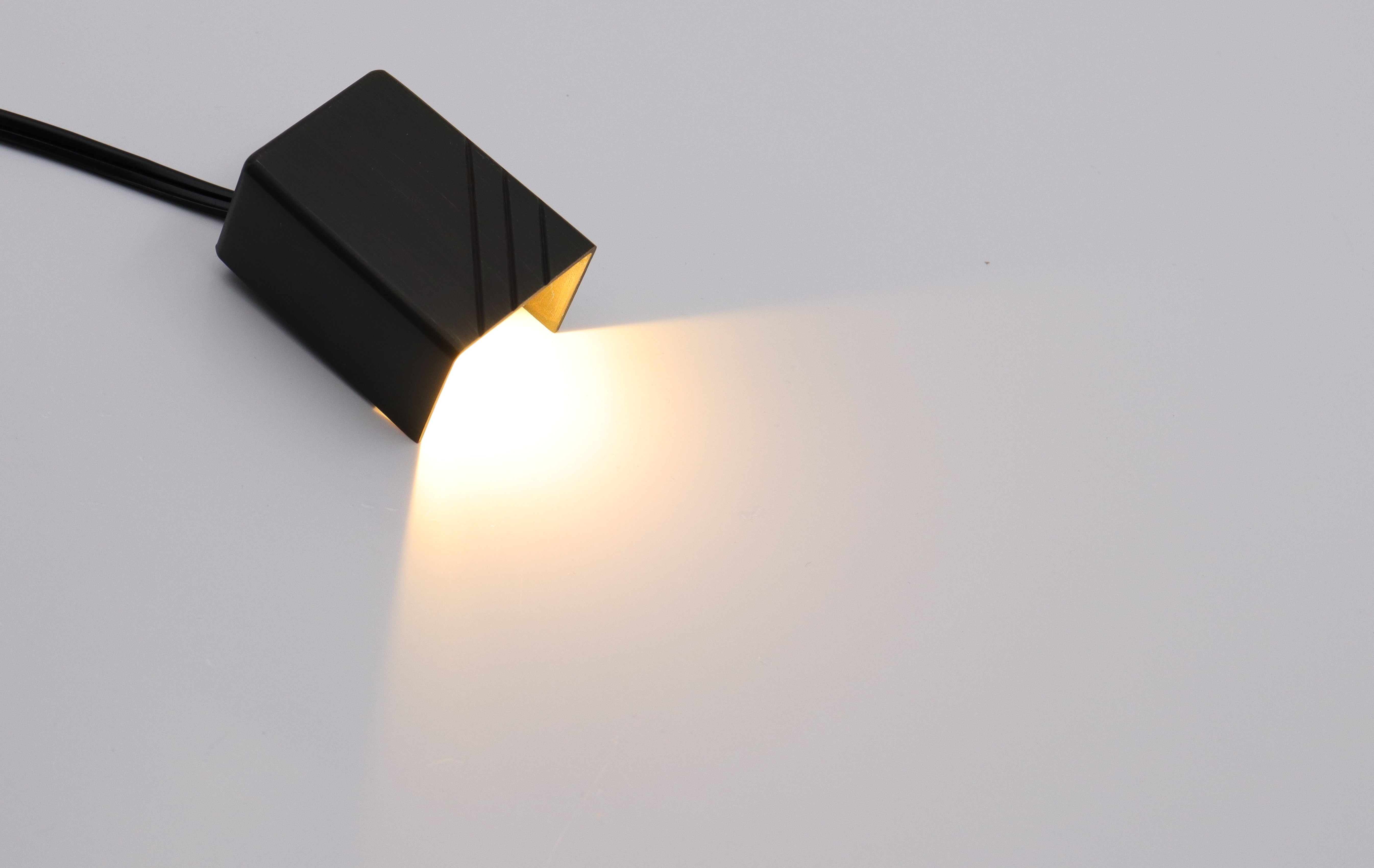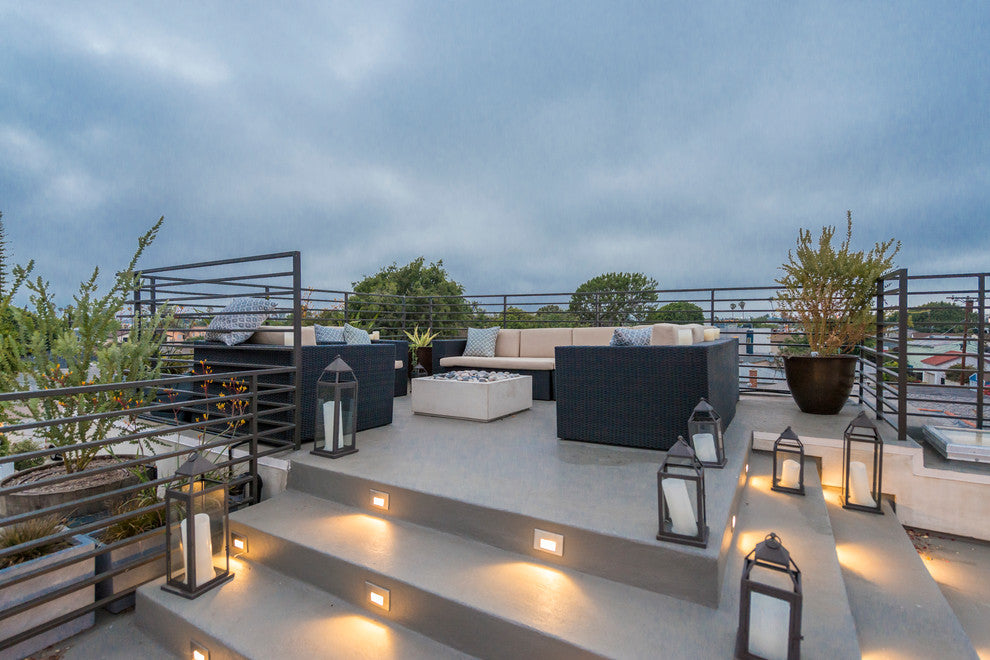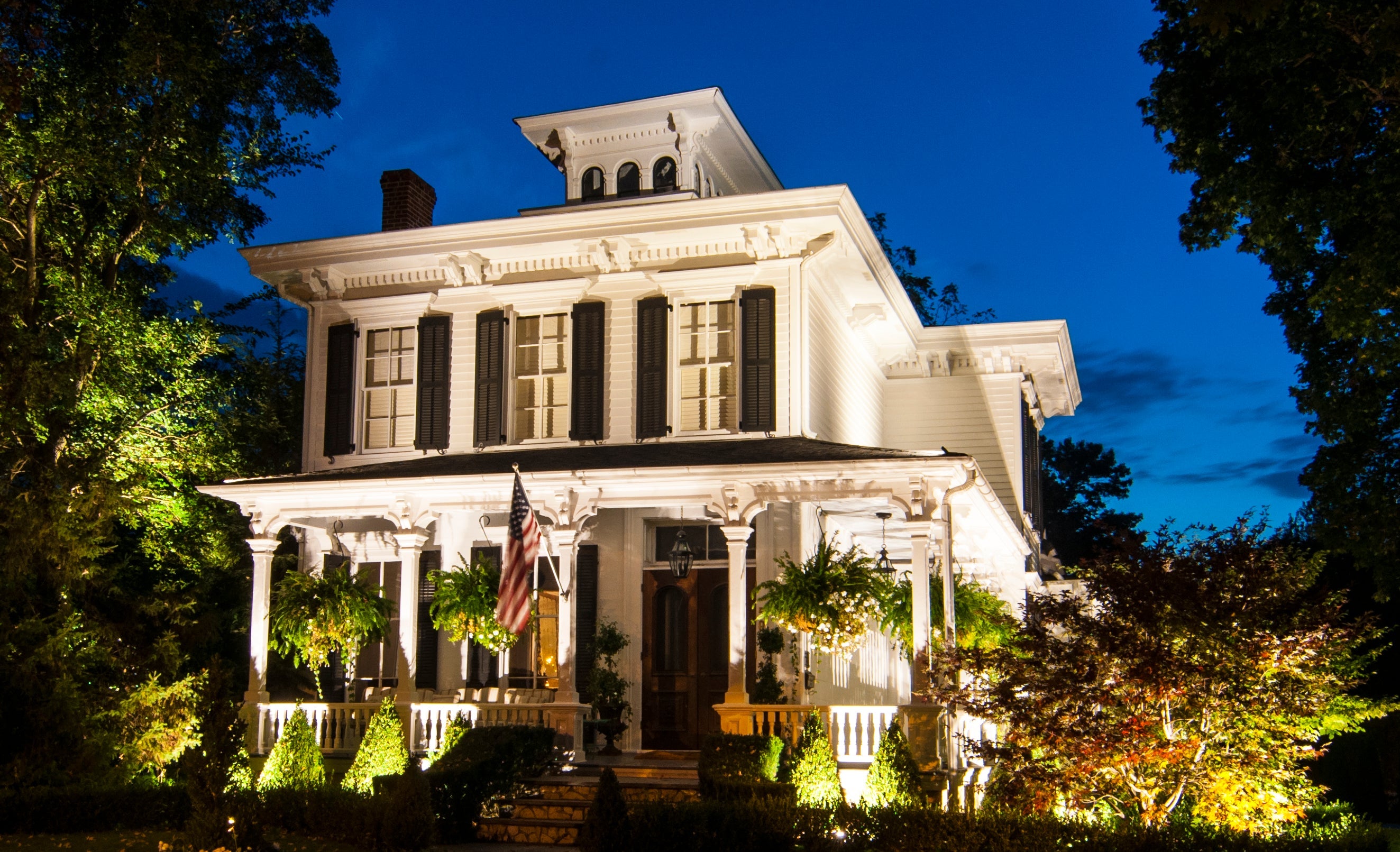Flood lights are essential in providing bright, wide-ranging lighting for various settings. Not only do they bolster security by deterring trespassers and reducing the risk of accidents, but they also play a role in beautifying outdoor spaces, buildings, and events. This article explores the numerous applications of flood lights and outlines their benefits across different environments.
Additionally, we offer guidance on selecting the right flood lights for your needs and tips on optimizing their performance for both safety and aesthetic appeal. Whether you're looking to light up a home garden, a commercial property, or a public area, understanding flood lights can help you make informed decisions for effective illumination.
Key Uses of Flood Lights and Their Benefits
Flood lights cater to various requirements, ensuring areas are well-lit for both safety and aesthetic purposes. The following table simplifies their main uses:
| Use Case | Benefits |
|---|---|
| Security and Safety | - Prevents intrusion by making areas less attractive to trespassers. |
| - Illuminates hazards to reduce the risk of accidents. | |
| Landscape Lighting | - Brings gardens and outdoor spaces to life at night with decorative light. |
| Architectural Lighting | - Highlights a building's design features, improving nighttime curb appeal. |
| Event Lighting | - Ensures events can continue into the night with adequate visibility. |
| Sports Lighting | - Provides bright conditions for sports, enabling play after dark. |
LED flood lights are definitely worth it. They save you money because they use less electricity and last a lot longer than old-style bulbs. You won't have to change them as often, which is great because nobody likes climbing up ladders all the time!

How to Choose the Ideal Flood Lights for Your Space
Choosing the right flood lights for your space is simpler when you know what to look for. The key things to decide on are the color of the light, how bright you want it to be, and the type of light that's best for your area. Below is a chart that lays out these choices in an easy-to-follow way for different kinds of spaces.
| Space Type | Color Temperature | Brightness (Lumens) | Flood Light Type |
|---|---|---|---|
| Residential Outdoor | Warm White (2000K - 3000K) | 700 - 1,300 | LED, Solar-Powered |
| Commercial Outdoor | Cool White (4600K - 6500K) | 18,000 - 86,000 | LED, Metal Halide |
| Public Spaces | Cool White (4600K - 6500K) | 20,000 - 30,000 | LED, Metal Halide |
| Indoor (General) | Neutral White (3100K - 4500K) | Depends on the space | LED |
| Indoor (Sports/Activities) | Cool White (4600K - 6500K) | Needs to be really bright | LED, Metal Halide |
How to Adjust Flood Light for Optimal Performance
1. Aim the Light:
Position the light so it focuses on the specific area you want illuminated. For instance, if you're securing the perimeter of your property, angle the flood light toward fences or gates. Avoid pointing it directly at neighbors' windows to prevent light pollution and disputes. When highlighting garden features like a statue or tree, position the light at a ground angle that casts dramatic shadows and shows off these elements.
2. Set the Brightness:
If your flood light has adjustable brightness settings, find the right balance. For a backyard gathering, a softer light creates a welcoming ambiance. In contrast, a brightly lit front entrance can deter potential intruders. Dimmable LED options are great here—they can go from gentle illumination for a quiet evening to full brightness when more visibility is needed.
3. Adjust the Motion Sensor:
The sensor should be directed towards areas of expected movement, like the walkway leading to your front door or around the garage. A pet owner might lower the sensitivity to avoid the lights being triggered by small animals. The 'on' duration after motion stops can usually be set from anywhere between 1 minute to over 10 minutes—consider longer times for areas where people might pause, like a porch.
4. Check the Angle:
Ideally, flood lights should be angled downward, at about a 22-degree angle, to maximize ground coverage and minimize skyward light. This also helps in reducing light pollution and glare. Take an example of a driveway: You’d want it lit enough to see someone approaching but not shining into the driver’s eyes as they pull in.
5. Test at Night:
After initial adjustments, observe how the lights perform in actual darkness. Move around your yard or space to ensure lights cover all the necessary angles and provide sufficient lighting. Sometimes what seems well-lit during the day may have unexpected shadows at night that need addressing.
6. Maintain Regularly:
Dirty lenses can significantly reduce the effectiveness of your flood lights. For example, if you live in an area with frequent storms, mud splashes or leaves might stick to the light fixtures. Cleaning them gently with a soft cloth can restore their brightness. Also, inspect the fixtures after any extreme weather to make sure they haven't been moved out of position or damaged.

How to Use Flood Lights to Stay Safe and Look Good
1.Lighting Up for Safety
Flood lights are great for keeping your place safe. You should put them in spots that cover your doors, driveway, and those sneaky dark spots in your yard. But it's not just about having a lot of light—it's about lighting up the right way. Too much light in one spot can actually make it harder to see because of glare, and it ends up making new shadows for someone to hide in. So, spread the light around evenly, and maybe use motion sensors so the lights come on when they need to.
2.Keep Light Where It Belongs
You want to keep your home safe, but you don't want to annoy your neighbors with bright lights. Make sure your flood lights point down and stay in your yard. This cuts down on glare and keeps the night sky natural for everyone.
3.Keep Things Working Together
If you've got smart tech in your home, link your flood lights to it. That way, they can work together with your cameras and alarms. And the cool thing is, you can control them from your phone or computer, which means you can switch them on no matter where you are.
Getting Your Flood Lights Just Right
Make sure you choose long-lasting, energy-saving LED flood lights. You can set them up yourself or get someone to help you, and make them shine just the way you want. Think about how bright and what color you need, how tough your lights should be, and if you want them to connect with other smart devices at home.
These lights are great for scaring off anyone who shouldn't be there, and at the same time, they can make your house or garden look really good. When the sun goes down, you can feel good seeing your place all lit up—it'll be safe and inviting, showing off your space in the best way.







Leave a comment
All comments are moderated before being published.
This site is protected by hCaptcha and the hCaptcha Privacy Policy and Terms of Service apply.